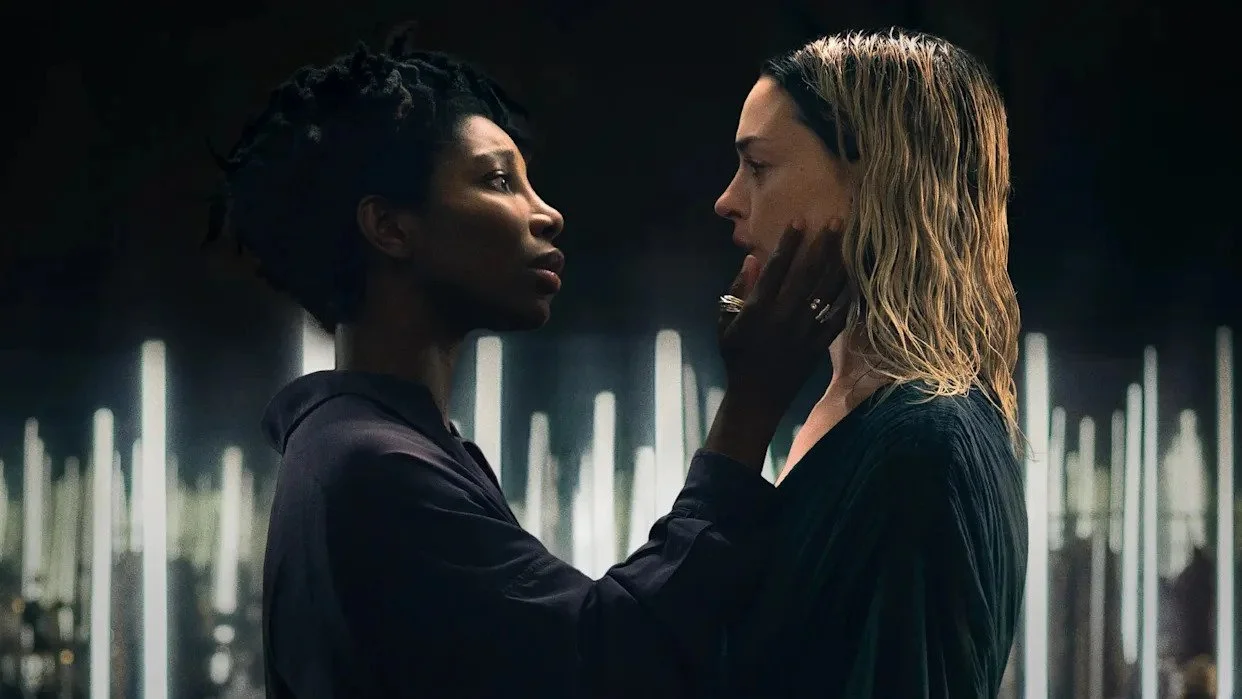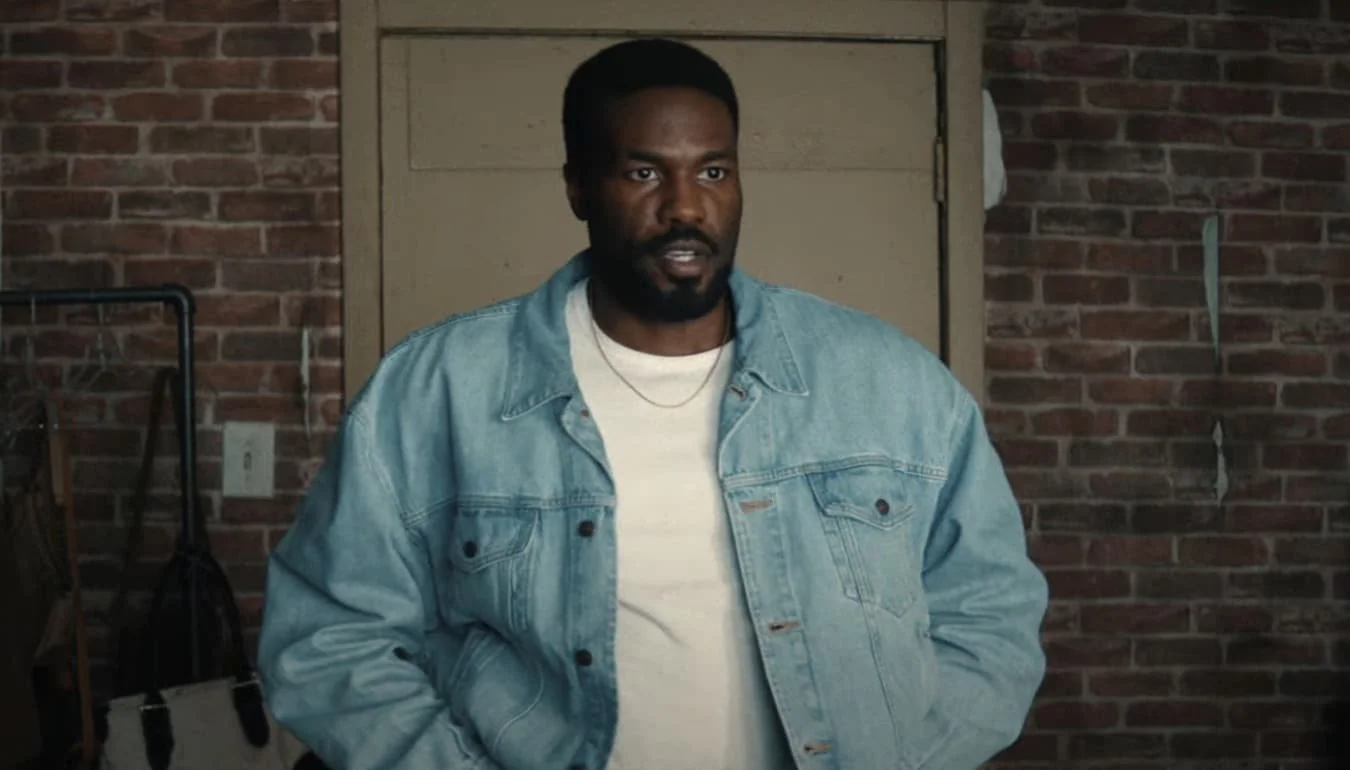Castle Rock
/This is Stephen King’s dilapidated world, and we’re all just living in it – or rather, witnessing it from the comfort of our living rooms. It seems every new release as of late is attached to the omnipotent author of psychological horror. The teaser trailer for Hulu’s upcoming collaboration with master of mystery J. J. Abrams titled “Castle Rock” reveals exceptionally little about the plot, instead choosing to deal exclusively in themes and subtle nods to King’s body of work. The series is named after a fictional town in Maine which serves as the backdrop for some of King’s most revered novels and is frequently referenced in his canon; the town serves as foundation for the multiverse in which his stories inhabit. With only one line of dialogue in the trailer, the music does all the talking.
The downbeat cues the familiar Bad Robot title card, immediately signalling to the audience to expect the obscuring of plot that has become eponymous with the J. J. Abrams brand. The music begins with two synthesizers played an octave apart, the lower claims the slow moving melody while the higher sustains its note for the duration of the entire trailer, serving as a drone. The percussion beat evokes the second hand on a ticking clock, accompanied by a bassy heartbeat. Together, combined with imagery of capital punishment by lethal injection at 0:05, a hearse at 0:33, and an autopsy 0:58, the music conjures themes of death and the shortness of time.
The trailer cuts between scenes to the beat of the music, slowly at first, gradually becoming more frequent as the music intensifies and the imagery grows more violent and intense, increasing the suspense exponentially. 0:16 marks the first shift in the music, subtly turning up the gain on the synthesizers, leaving the clean sound behind in favour of a distorted more granular sound. At 0:20, an old missing child poster appears, a likely nod to the posters that littered the walls of the recent 2017 adaptation of King’s “It.” At 0:23, a close shot of a finger presses a key on a decrepit piano covered in dust and cobwebs, cuing a faint cymbal.
0:30 marks the second shift in music as J. J. Abrams names appears on the screen. Strings soar as the percussion picks up, maintaining the tempo with a steady pulse like literal clockwork. At 0:48, a sound like a jet engine begins revving up, quietly at first, and then faster and faster – you can picture the audio engineer manually sliding the faders on the mixer board. At 0:53, a prisoner played by Bill Skarsgard peers out a slot in his prison cell – you might recognize him from your dreams, as he has been haunting them since his portrayal of Pennywise the Clown in “It.”
At 0:58, the music cuts and the screen goes black. The nothingness is penetrated by Skarsgard’s voice, “You have no idea what’s happening here, do you?” A guttural rolling synth sound emerges as a car submerges under dark waters, labeled “Shawshank Department of Corrections.” The Shawshank Redemption is of course based on a short story penned by King. And to answer your question, Mr. Skarsgard: No, we truly have no idea what’s happening here.
Castle Rock premieres in 2018.
– Andrew Sproule







